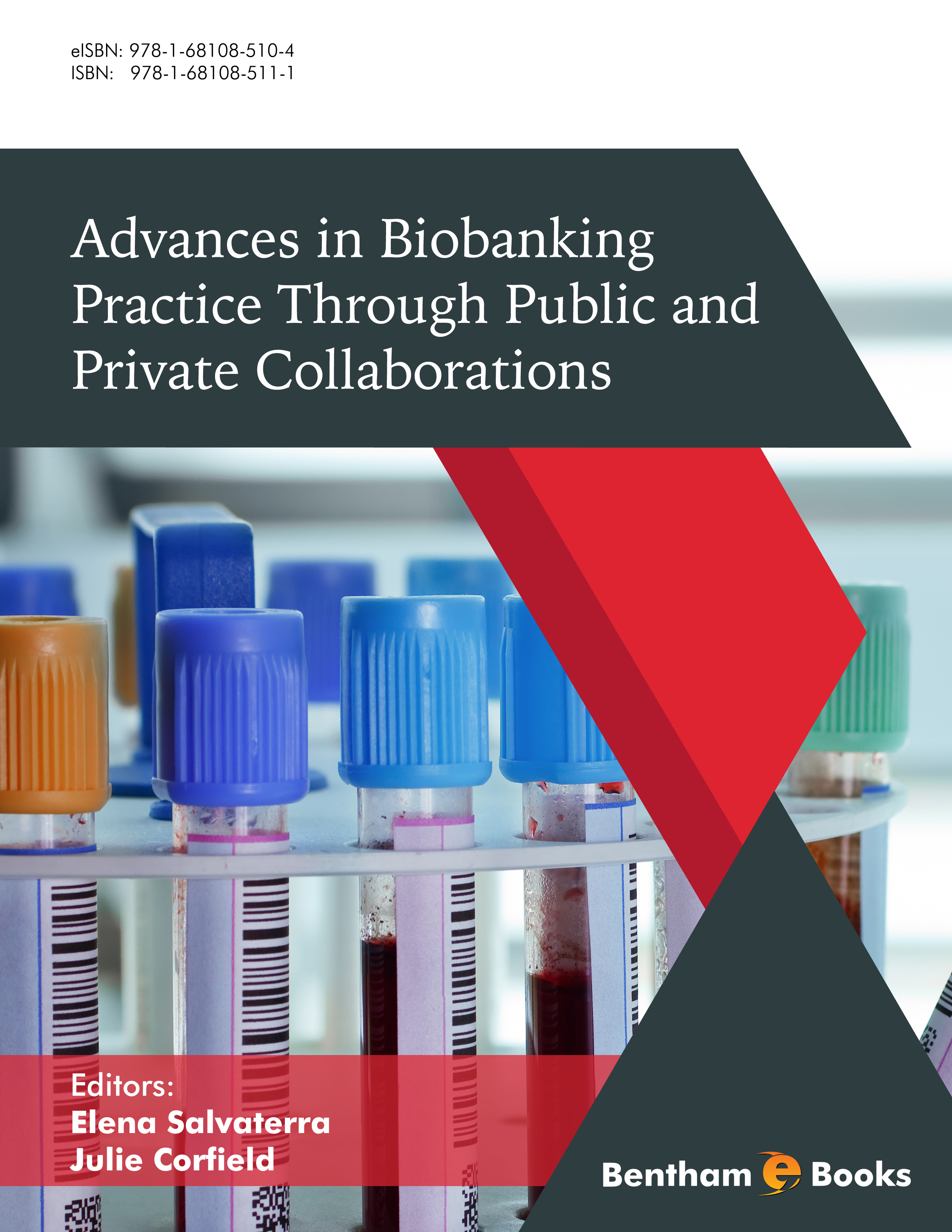The present book addresses a significant gap in our collective knowledge on biobanking advancement through public-private partnerships. These partnerships are often alluded to in the peer-reviewed literature however one remains hard pressed to find and review a convincing, consistent body of evidence. The book moves quickly and effectively beyond a descriptive listing of the current landscape and sets as its core quest the aim of improvement. This improvement is multi-faceted: it can involve amongst others individual biobanks, collaborative projects, reference/national centers, qualitative standards, Intellectual Property (IP) issues, rights and obligations of stakeholders; all brought together for the common purpose of public and private benefit.
Over the past two decades the biobanking field has enjoyed a period of sustained investment, growth, wider scientific acceptance and development. Additionally, individual biobanks have benefited by support from very active, scientific community-driven societies, such as ISBER, the International Society for Biological and Environmental Repositories, and others. This has created a strong foundation for the regular exchange of experiences, the development of best practices and creation of educational tools with a global reach, especially as the biobanking field develops in Asia, Africa and south America. However, as the global financial crisis has developed into an enduring pressure for tighter cost control, expense justification and even cost retrieval, new operational models need to be considered for long-term sustainability in biobanking. This book investigates these alternative approaches which can operate in collaboration with the private sector yet without limiting their public benefit.
The editors have selected six distinct perspectives to provide a holistic approach in their subject. These are: Current practices; Quality management systems; Specimens quality; Rights and obligations of stakeholders; Collaboration models and Case studies. Sub-themes include the complementation and conflicts of different sectors and skill sets; the accreditation options and processes; the inherent trust in sample acquisition and processing, including biosafety. At the same time legal frameworks, different collaboration models and case studies are being brought together as a living corpus of evidence. It is indeed a very good collection of workable examples presented by some of the most respected scientific leaders in the field.
This book is an impressive and comprehensive study that moves beyond stereotypes that the biobanking field has often faced. It analyses why partnerships work and the future aspects that still need to be explored. Within the ISBER community there is the acute realization that private partners, commonly from the pharmaceutical industry, are often an essential component in addressing complex, healthcare related questions effectively and efficiently. The public –private partnerships have the potential to form a long-term, reliable infrastructure network enabling the discovery of new pharmaceutical agents, effective re-purposing of existing ones and preparedness in global health emergencies. I sincerely hope that more such examples will develop and strengthen in years to come, allaying public hesitation, and that a similar body of evidence will be developed in the not too distant future from our colleagues in Asia, Africa and south America.
Zisis Kozlakidis, Ph.D. AKC MBA FLS
ISBER 2016-17 President-elect
Chair, Centre of Excellence for Infectious Diseases BBMRI.uk
Division of Infection and Immunity
University College London
UK
FOREWORD 2
When walking the long way in the development of new products and methods to be used for patient treatment or diagnosis, medical translational research needs to be able to exchange knowledge and biomaterials in the public-private domain. Collaboration in this area is often indispensable for the final innovation of patient care. Funding institutions understand this need and increasingly try to stimulate this important domain where many exciting and interesting opportunities can be found. At the same time, it is also a difficult area to work with biomaterials as it means yet another boundary where you need to learn to deal with new often stricter rules with respect to ethics and regulatory issues. Yet this is certainly not the only aspect important for a smooth cooperation, also the quality of the samples are very crucial. Especially where reproducibility is concerned which can be a show stopper easily and unexpectedly encountered. Certainly the moment after the research process where a developed method or product needs to be validated for its intended use. In this step, one has to rely on the quality of the routine diagnostic samples which might be collected under very different pre-analytical conditions as the samples that were used in the discovery phase. The infrastructure of the biobank becomes very important. It should reflect or better yet make use of the existing routine diagnostic pathways. In addition, the quality of the diagnostic sample is in need for improvement to facilitate new products and methods more efficiently.
Of course there is an array of ways how the public and private partners can collaborate. Therefore, the editors have invited and selected the experts in their fields with much care to write chapters on:
-
The importance, benefits and unique results that are obtained from the public private partnerships,
-
Theoretical collaboration models and good examples of practical solutions and tips,
-
How quality can contribute to the collaboration,
-
The influence on legislation and ethics,
-
Concrete examples of public-private collaborations based on local infrastracture synergies.
This logical line is also chosen to set up the book to become a consistent and structured overview of the complex domain of public private partnership. It consists of six interesting chapters, where each chapter starts with an abstract of the content. The field is an exciting and dynamic one with many opportunities for scientists from the academic setting and companies to find common grounds to synergistically grow in win-win environments.
Peter Riegman, Ph.D. AKC MBA FLS
Head Erasmus MC Tissue Bank,
PSI UMC Coordinator Erasmus MC,
ESBB Former President and ISBER Former President

